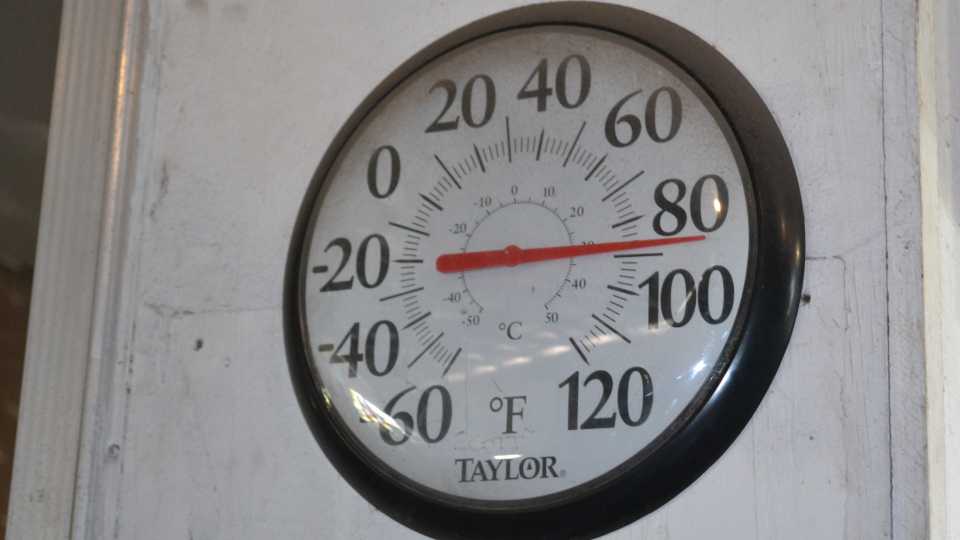In The Greenhouse: Tomato Growers are Branching Out
It was the great philosopher Yogi Berra who said “When you come to a fork in the road … take it.”
For any greenhouse tomato grower, this is a time for forks, and not just the two Yogi spoke of, but a whole dining set full of them.
The first fork is to keep doing what you’ve been doing. Status quo is good enough. But keep in mind that even if you keep doing what you’re doing, the environment surrounding you is always changing. So, in effect, the results will change in spite of your efforts to keep things the same. You certainly have heard the expression “If you are not moving forward, you are moving backwards.”
Economic Impact
In greenhouse production the largest environmental change now is the impact of economics on your greenhouse business. Costs for fertilizer are way up. Costs for heating fuel are way up. In fact, costs for all inputs are higher, but heating and fertilizer are the overshadowing burdens right now. What can you do to stay out of the red? Either increase your income, or decrease your costs.
So, what are the other forks then? One fork leads to changing the mix of crops that you produce. If you have only grown tomatoes, then that is your comfort zone. Also, you know that tomatoes are easier to sell than other vegetables you might produce. But, it might just be time to step back to square one and re-evaluate what the market demand is for other possible crops you can grow within your greenhouse structure.
Have you thought about lettuce? How about peppers, cucumbers, or eggplants? Ever think about herbs? Now, there’s no need to jump from tomatoes to other crops unless you know you can sell them. So, be sure to talk to your produce managers, restaurants, and other buyers and see what their interests are. You might find that a mix of various crops brings you a better bottom line.
If you have more than one bay or free- standing greenhouse, you can continue to grow tomatoes, but also add a section of another crop or two and learn how to grow and market something new. But, as always, start small. There’s no need to change everything at once. That would be too much risk.
High Tunnels For Season Extension
Another fork is to keep on with tomato growing, but work on lowering your costs of production. One way to do this is to build a high tunnel or two. High tunnels are similar to greenhouses, but are unheated structures. They have no heaters, fans, or electricity. By not having to buy heating fuel or pay for electricity, production costs are much lower.
Much simpler than a greenhouse by design, the high tunnel will not help you grow tomatoes through the winter months, but will allow you to start “field” tomatoes about a month earlier in the spring, and/or grow them a few weeks later in the fall. They are simply season extenders.
Win The Price War
Anyone who sells produce knows that the best price in the market for produce is when nobody else has it. So, the first “field” tomatoes in the spring, about a month before your competition, will bring an excellent price. Likewise for late fall tomatoes.
Also, the high tunnels may turn out to be good structures for some other crops, whether vegetables or even cut flowers. If you sell tomatoes at a farmers market, cut flowers, i.e. zinnias, sunflowers, and lots of others, can be a nice addition and also brighten up your booth space.
Efficiency And Income
The final fork we’ll talk about today is to keep growing greenhouse tomatoes, but increase your production efficiency. By fine-tuning the growing process, you may be able to increase yield enough to make a significant difference in income.
Taking more frequent tissue analyses will help you know when and how much to adjust your nutrient solution. Keeping a close watch on greenhouse temperature will help you make adjustments that optimize yield. It may cost more to raise the temperature, but with higher yield and better quality, net income will be higher.
Monitoring pest populations and diseases present in the greenhouse can help you decide when to spray, and what to spray. Most likely, with careful observance of pathogens, insects, and mites, the total number of sprays will be reduced, saving you money.
So, consider all the forks in the road, and see which one(s) you need to take. Remember, Yogi also said, “The future ain’t what it used to be.” So you will have to choose wisely to make sure you are going down the right path.










